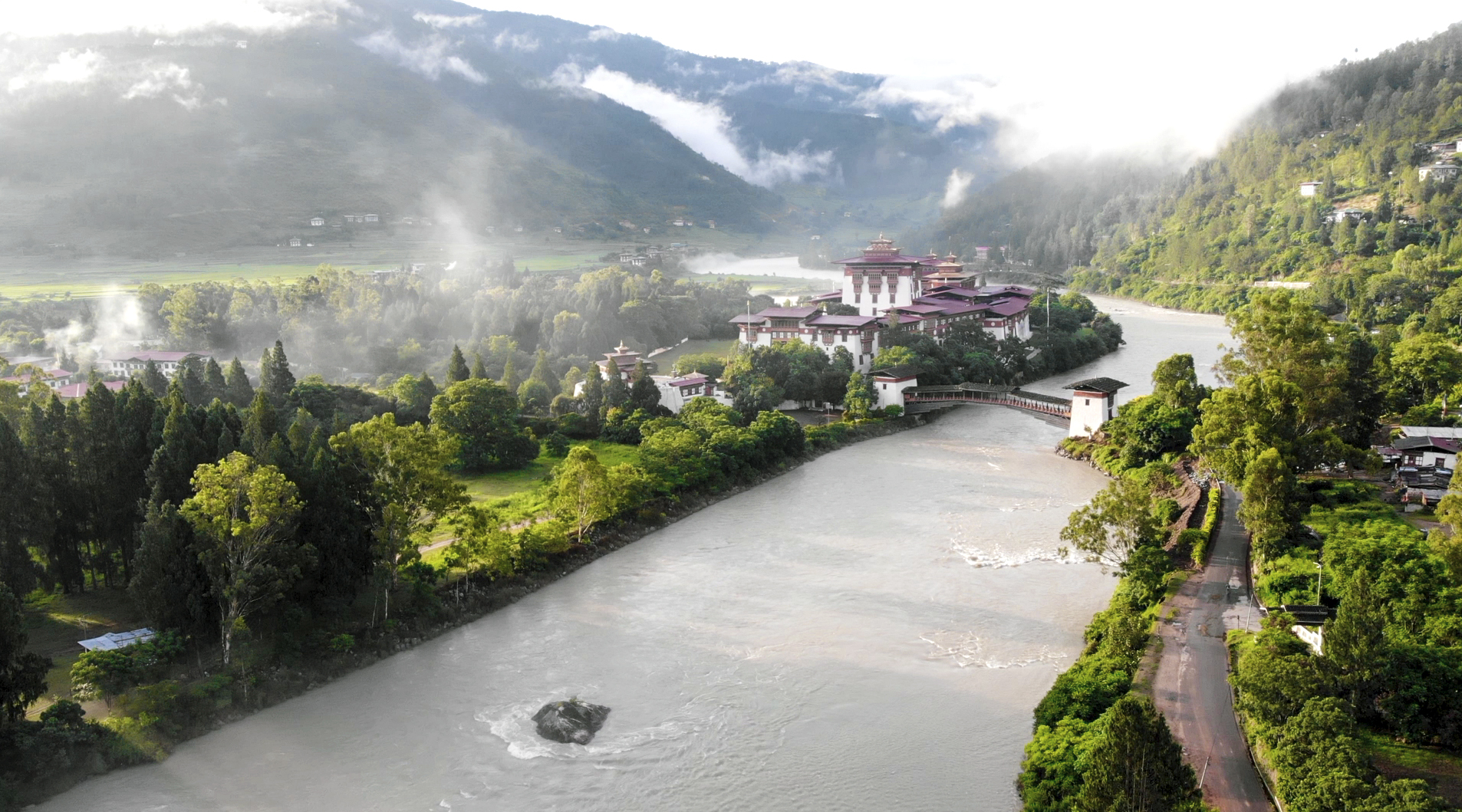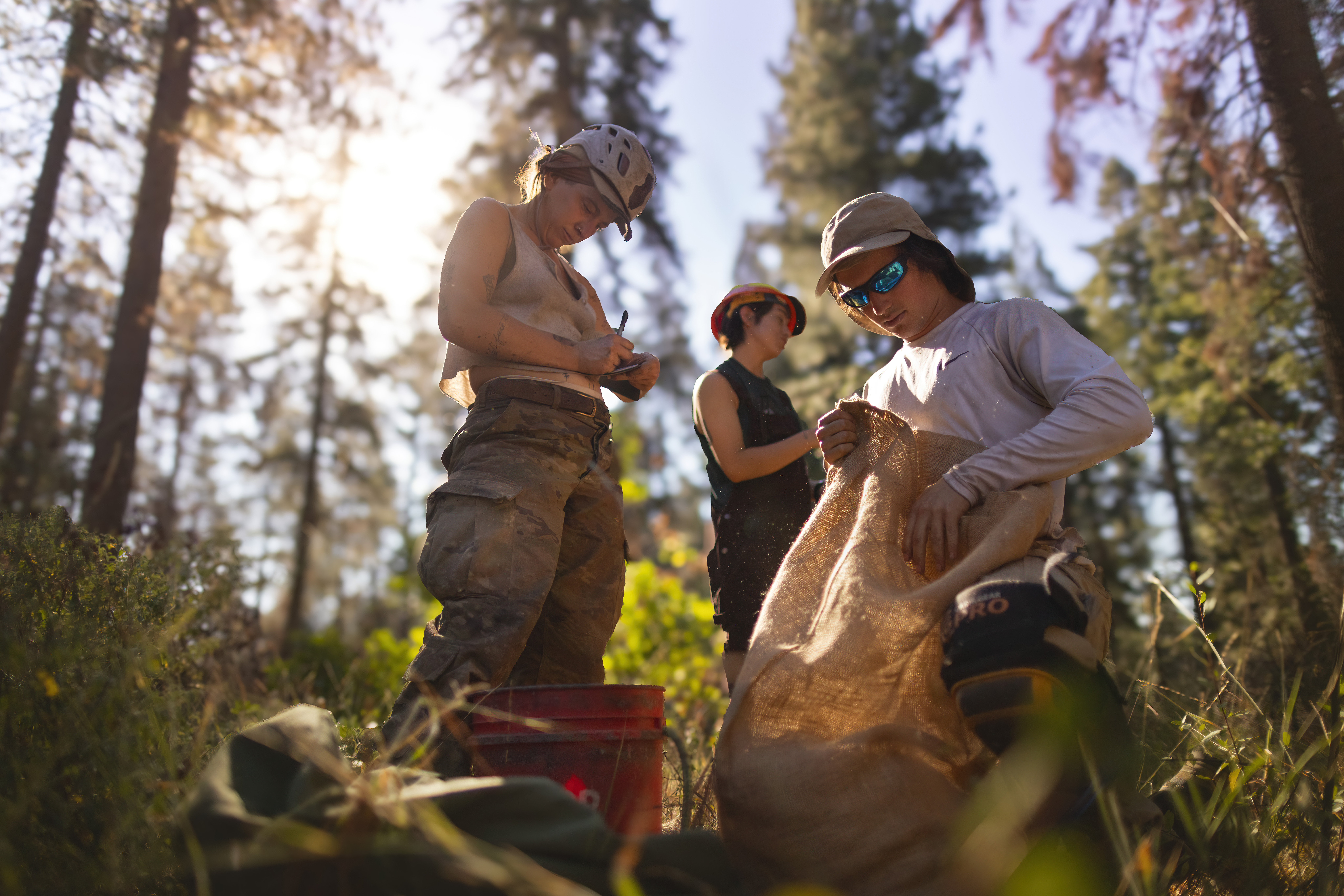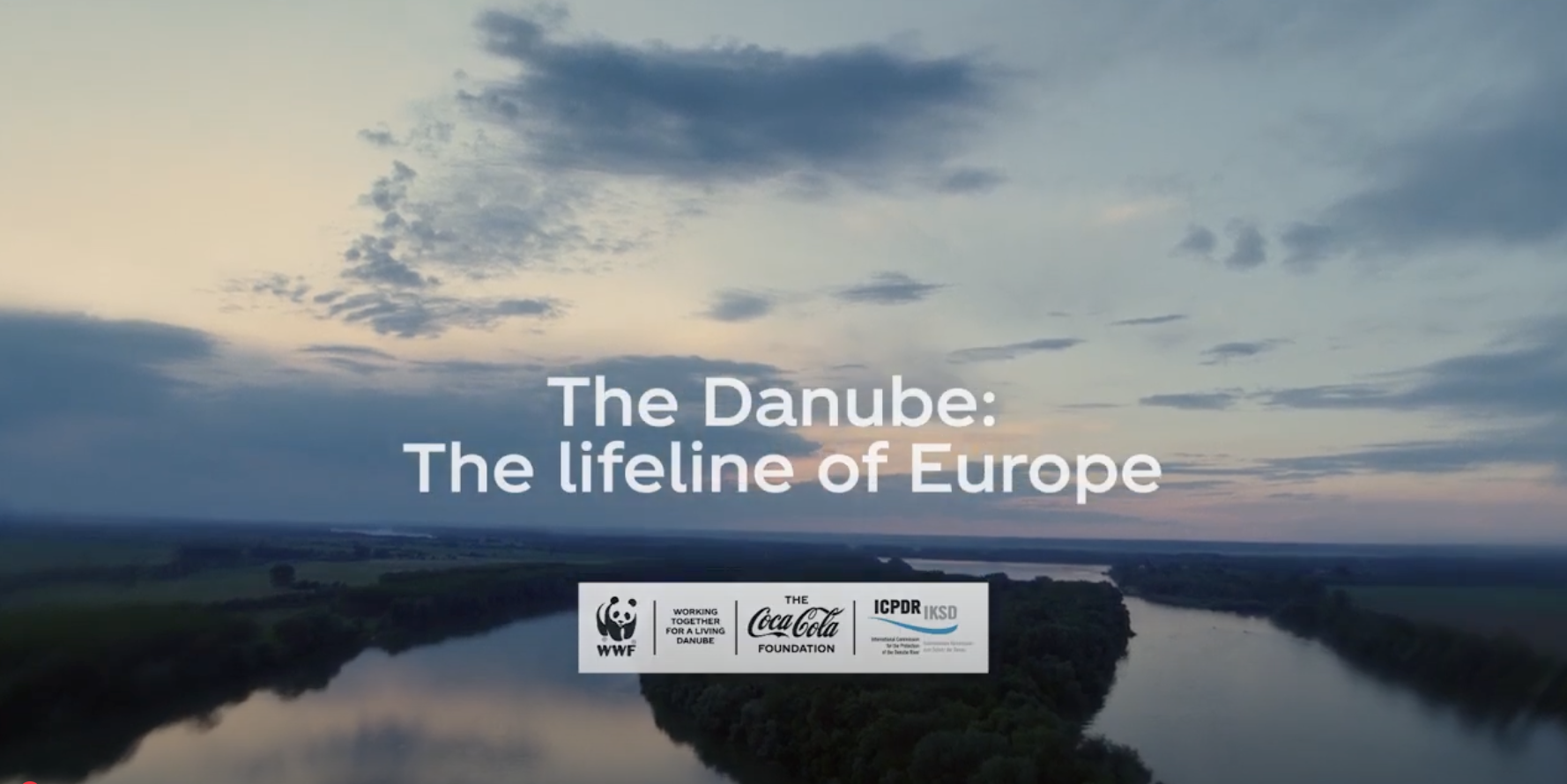
Four ways The Coca‑Cola Foundation and partners are helping protect water for the next generation
03-21-2025
Water is essential for life, communities and making beverages people love. Water is local, so we focus on what matters most locally. The Coca‑Cola Company’s water strategy includes efficient water use in our operations, as well as giving water back to nature and communities. Together the Coca‑Cola system and The Coca‑Cola Foundation (TCCF) invest in projects worldwide to improve watersheds that supply water for drinking, agriculture and manufacturing.
Since 2015, more than 100% of the water used in our finished beverages has been returned to nature and communities1. This work is done with significant support from TCCF. “We continue to make a difference by supporting collective action to sustain healthy, resilient watersheds for the people and places that need it most, from Africa’s Great Limpopo watershed to the forests of California,” said Carlos Pagoaga, President of TCCF.
Returning hope to the Eastern Himalayas

High in the mountains of West Bengal, India, Prabhat Rai was watching his land disappear.
His home is part of an ecosystem made of the world’s tallest mountains, major rivers and the world’s largest mangrove forest. But deforestation is significantly reducing green cover in the region and residents are among the most impacted by climate change, frequently facing threats like severe storms and flooding.
“Rainfall would strip away the soil, making it harder to farm and build a future for our children,” Prabhat said. “Before, we had no idea how to protect our land from erosion.”
Today Prabhat uses terrace farming, a solar-powered irrigation system and follows water management practices thanks to an initiative launched in 2024 by Conservation International, with funding from TCCF, Inditex and other partners.
The project is a joint effort with the people of the Eastern Himalayas to restore degraded forests, riverbanks and mangroves across India, Bangladesh, Nepal and Bhutan. Guided by a scientific framework, the goal of the initiative, according to Conservation International, is to plant one billion trees and restore one million hectares of forest by 2030, indirectly benefiting one billion people who depend on this ecosystem.
“I no longer feel helpless when it rains,” said Prabhat. “We are restoring what we lost…and safeguarding our homeland for generations to come.”
Replanting California’s fire-ravaged forests
Since 1985, there’s been an eightfold increase in high severity wildfires in the western United States. Without human intervention, it could take decades for nature to recover from these catastrophic events.
Last year, TCCF and American Forests formed a three-year partnership to reforest more than 1,700 acres ravaged by the 2021 Caldor Fire in California’s Eldorado National Forest. The fire destroyed vegetation and roots, causing loose soil and debris to wash into two watersheds that serve over 175,000 people downstream. To repair the soil and reduce erosion, the project funds the collection of cones from existing trees to reforest the area and help create a more resilient landscape.

“All of our reforestation efforts in the South Fork American River and Cosumnes River support improving the water quality and quantity for local agricultural activities and residents who rely on these watersheds for their lives and livelihoods,” said Brian Kittler, Chief Program Officer, Resilient Forests.
Between March and April 2024, 332,000 trees were planted on National Forest System land. Later that year, around 1,500 bushels of cones were collected and delivered, as a direct result of TCCF funding, to nurseries for future planting. As the watershed recovers, it’s expected to save up to 1.2 billion liters in net runoff every year.
“There’s hope in these cones for future forests,” said Leana Weissberg, California Director, American Forests.
Reviving the Danube River Basin
For more than a decade, TCCF has supported The Living Danube Partnership, initiated by the World Wildlife Fund Central and Eastern Europe (WWF-CEE), the International Commission for the Protection of the Danube River (ICPDR) and local and national stakeholders. The project is helping protect and restore Europe’s second largest river basin, which flows through 19 countries.
It’s estimated that more than 80% of floodplains and wetlands along the Danube River and its tributaries have been lost and with them vital ecosystems, goods and services - from fish and fowl to water management and purification2. Compounding the loss is how wetlands can continue to serve as a natural buffer against flooding and droughts and act as carbon sinks, which helps mitigate water stress and climate change.
Since rivers know no borders, only collective action can address this challenge effectively. In 2021, The Living Danube Partnership completed its initial restoration projects in Austria, Bulgaria, Croatia, Hungary, Serbia and Romania, which improved more than 5,000 hectares of vital wetlands, rivers and floodplains and helped replenish approximately 13.45 million m3 of water annually. As water returned to wetlands, so did the sounds of nature, as birds, fish and amphibians settled back in their home.
The next three-year continuation of this initiative spans six countries and aims to further reduce water stress and improve biodiversity for this vital lifeline to the continent.
Repairing catchments in Southern Africa
In Africa, the expansive Great Limpopo River Basin supports millions of people in Botswana, Mozambique, South Africa and Zimbabwe. In recent years, the impacts associated with climate change, excessive water extraction, and alien invasive plants have degraded local catchments, causing rapid declines in groundwater and surface water levels.
To help, TCCF along with complementary investments from Global Affairs Canada is funding a Conservation International restoration initiative in the watershed and along the rivers for communities at the border of South Africa and Zimbabwe in the Great Limpopo Transfrontier Conservation Area. The project is helping safeguard biodiversity and secure water supply, improving water governance, promoting agroforestry and land restoration and helping residents better prepare for droughts through practices like climate-smart livestock grazing.
“This investment is more than restoration—it is a legacy of sustainability, where nature and communities grow stronger together,” said Tonderai Makoni, Executive Director of the Vembe Biosphere Reserve. “The future [being] shaped is one where harmony between water, land and people defines our shared success."
1 With support from The CocaCola Foundation, the company’s owned and independent bottling partners and independent suppliers and partners.
